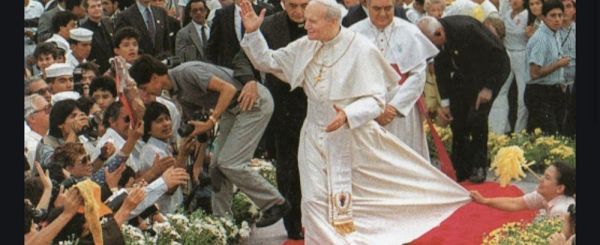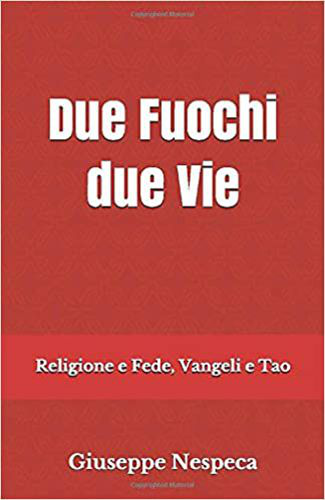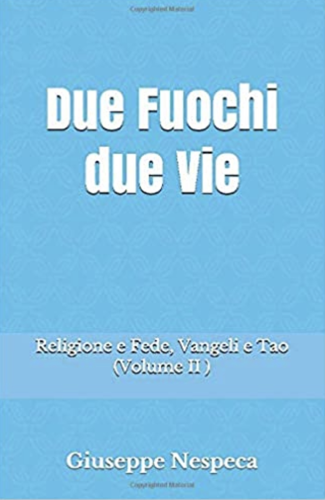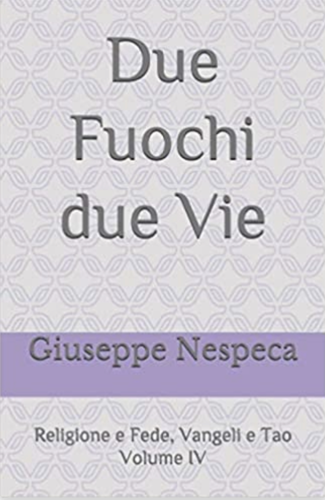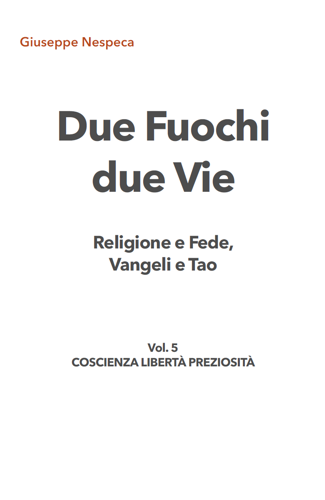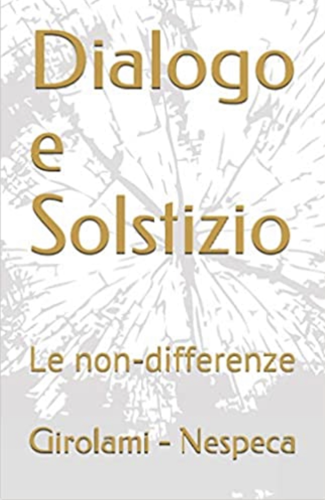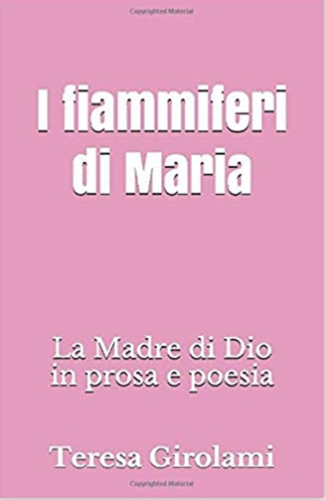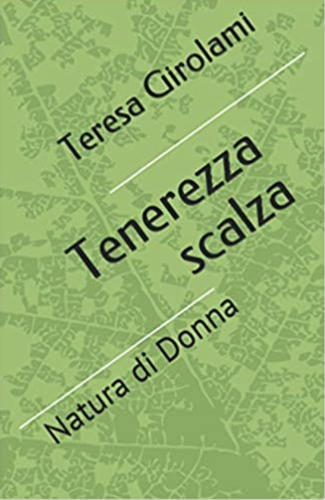1. When a Christian, in unison with the voice of prayer in Israel, sings Psalm 117{118}, that we just heard, he feels within him a special thrill. In fact, he finds in this liturgical hymn two phrases that echo with a new meaning in the NT. The first is verse 22, "The stone rejected by the builders has become the corner-stone". The phrase is quoted by Jesus, who applies it to his mission of death and glory, after having told the parable of the murderous vinedressers (cf. Mt 21,42). The phrase is also recalled by Peter in the Acts of the Apostles: "This Jesus is the stone, rejected by you the builders, which has become the cornerstone. There is no salvation in anyone else nor is there any other name given to men under heaven by which we are to be saved" (Acts 4,11-12). St Cyril of Jerusalem comments: "We say the Lord Jesus Christ is only one because his sonship is one; only one we say so that you do not think that there is another ... In fact he called stone, not inanimate stone nor cut by human hands, but the cornerstone, because he who believes in him will not remain disappointed" (The Catecheses, English title of the Italian version of St Cyril's Catecheses, Le Catechesi, Rome, 1993, p. 312-313).
The second phrase that the NT takes from Psalm 117[118] is proclaimed by the crowd at the solemn Messianic entrance of Christ into Jersualem: "Blessed is he who comes in the name of the Lord!" (Mt 21,9; cf. Ps 117,26). The acclamation is framed by a Hosanna that takes up the Hebrew petition hoshiac na',"please, save us!"
2. The splendid Biblical hymn is placed at the heart of the small collection of psalms, 112[113] to 117[118], called the Passover Hallel, namely, the psalms of praise used in Hebrew worship for the Passover and the major solemnities of the liturgical year. The processional rite can be taken as the theme of Psalm 117[118] articulated with the chants by the soloist or choir, with the Holy City and its Temple as the background. A beautiful antiphon begins and ends the psalm: "Praise the Lord for he is good, his mercy endures forever" (verses 1 and 29).
The word "mercy" translates the Hebrew word hesed, that designates the generous fidelity of God towards the covenanted and friendly people. Three categories of people are told to praise this fidelity: all of Israel, the "house of Aaron", namely the priests, and those "who fear the Lord", a way of speaking that includes the faithful and the proselytes, namely, the members of other nations who desire to follow the law of the Lord (cf. verses 2-4).
3. The procession makes its way through the streets of Jerusalem, because the psalm speaks of the "tents of the righteous" (cf. v. 15). There is, however, a hymn of thanksgiving (cf. vv. 5-18) whose basic message is: Even when we are in anguish, we must keep high the torch of confidence, because the powerful hand of the Lord leads his faithful people to victory over evil and to salvation.
The sacred poet uses strong and vivid images; he compares the cruel adversaries to a swarm of bees or to a column of flames that advances turning everything to ashes (cf. v.12). There is the vehement reaction of the just person, sustained by the Lord. He repeats three times "In the name of the Lord I cut them off" where the Hebrew verb refers to an intervention that destroys evil (cf. vv.10.11.12). Behind all of it, indeed, there is the powerful right hand of God, namely, his effective intervention, and certainly not the weak and uncertain hand of man. For this reason the joy of the victory over evil leads to a vibrant profession of faith: "The Lord is my strength and my song, he has become my salvation" (v. 14).
4. The procession then arrives at the temple, at the "gates of justice" (v. 19), at the Holy Door of Zion. Here a second song of thanksgiving is sung, that begins with a dialogue between the congregation and the priests to be admitted to worship. "Open to me the gates of justice: I will enter to give thanks to the Lord", the soloist says in the name of the congregation in procession: "This is the gate of the Lord, the righteous shall enter through it" (v. 20), and others reply, probably the priests.
Once they enter, they begin the hymn of thanksgiving to the Lord, who in the Temple offers himself as the stable and secure "corner stone" on which to build the house of life (cf. Mt 7,24-25). A priestly blessing descends upon the faithful who have come into the temple to express their faith, to raise their prayer and to celebrate their worship.
5. The last scene that opens before our eyes is constituted by the joyful rite of sacred dances, accompanied by the festive waving of branches: "Bind the festal procession with branches, up to the horns of the altar" (v. 27). The liturgy is a joyful, festive celebration, expression of the entire life that praises the Lord. The rite of the branches brings to mind the Jewish Feast of Booths, observed in memory of the pilgrimage of Israel through the desert, a solemnity in which there was a procession with palm, myrtle and willow branches.
This rite evoked by the Psalm is proposed to the Christian in Jesus' entry into Jerusalem, celebrated in the liturgy of Palm Sunday. Christ is acclaimed as the "Son of David" (cf. Mt 21,9) by the crowd, who, "having come for the feast ... took branches of palms and went out to greet him shouting: Hosanna! Blessed is he who comes in the name of the Lord, the king of Israel" (Jn 12,12-13). At that festive celebration that is, however, the prelude to the hour of the Passion and Death of Jesus, the symbol of the cornerstone, proposed at the beginning, takes its full meaning, a glorious Easter meaning.
Psalm 117[118] encourages Christians to recognize in the Easter event of Jesus "the day that the Lord has made", on which "the stone rejected by the builders has become the cornerstone". With the psalm they can then sing with great thanksgiving: " The Lord is my strength and my song; he has become my salvation" (v. 14); "This is the day the Lord has made, let us rejoice and exult in it" (v. 24).
[Pope John Paul II, General Audience 5 December 2001]



